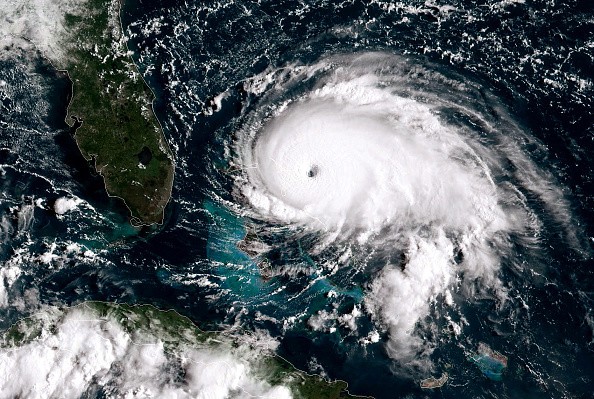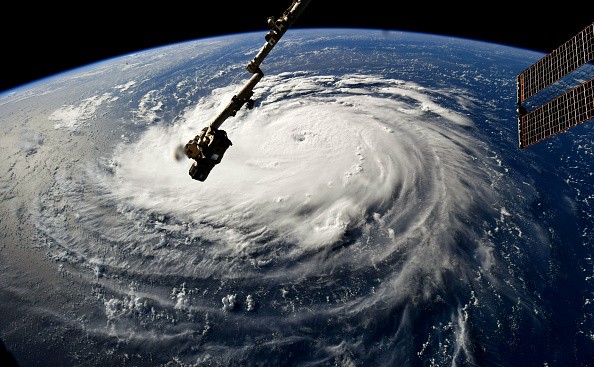Previous underwater currents that have not been discovered can seriously boost the power of hurricanes, a new study reveals, research that should make storm system forecasts more precisely in the future.

Hurricane Maria
The discoveries were made through comprehensive 2017 Category 5 storm Hurricane Maria measurements, gotten from a suite of subsurface oceanographic instruments. The analysis showed interactions between ocean islands and the hurricane that gave the storm more and more energy. Researchers made an estimation that Hurricane Maria acquired up to 65 percent more potential intensity due to the sloping shelf patterns of the island shorelines, which creates currents that toughened and stabilized the distinct bands of temperature in the ocean.
Olivia Cheriton, an oceanographer from the US Geological Survey (USGS) said: "We were amazed to discover that the direction of the coming hurricane winds relative to the coastline made the ocean surface layer remain distinctly warmer compared to the colder waters beneath." She added that it is crucial due to the fact that warmer sea surface temperatures supply more energy for the storm.
Also Read: Storm Ridden Coral System Restored by a Radical 10-Year Restoration Project
Sea-surface Temperatures (SSTs)
One of the major factors controlling the energy in a hurricane are the Sea-surface temperatures (SSTs), and in this situation, the records revealed that waters surrounding the coasts of the wrecked islands didn't cool down until over 11 hours after Hurricane Maria had stopped. The stratification or layering of temperatures plays a great role in cooling rates because it implies warmer and cooler waters don't combine.
The data of the researchers showed how rising pressure below and strong ocean currents (created by the hurricane winds) from above kept a warm layer of water trapped. Underlying ocean temperature changes aren't currently factored into hurricane model simulations, but the researchers show that these shifts can control both the intensity and the direction of a storm system.
Thousands of islands are in tropical oceans and could be hit by almost the same sort of hurricane systems, and the current data - which is of a much higher resolution than recordings produced by buoys or satellites - should assist in producing more precise forecasts.

Disastrous Impact of Hurricanes
Curt Storlazzi, Geologist from USGS said: "While hurricane research in company with US Gulf and East Coasts keeps advancing, much less is known about interactions of the hurricane with small islands, whose communities are particularly susceptible to the impacts of hurricane impacts."
We all know about the disastrous impact of hurricanes, and Maria was to be held accountable for over 3,000 deaths, over $90 billion in damage, and the most prolonged blackout the US has ever experience. Improvement of hurricane forecasting is an important part of the work to try and lessen those kinds of impacts. The life of humans and critical infrastructure can be better safeguarded if people are aware of what's coming, and as the planet warms up we're viewing more hurricanes of larger intensity - so scientists require all the data they can get to have a better knowledge about them.
Related Article: Hurricane Eta: Batters Nicaraguan Coast as Category 4 Storm
For more news, updates about hurricanes and similar topics don't forget to follow Nature World News!
© 2025 NatureWorldNews.com All rights reserved. Do not reproduce without permission.





